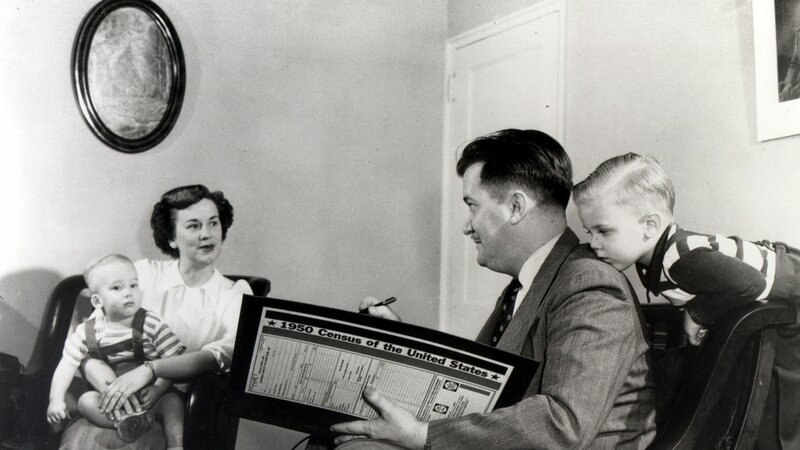On the morning of April 1, 1950, thousands of U.S. Census-takers fanned out across Oregon to count its approximately 1.5 million residents.
One enumerator stopped at a farm outside Monroe, Oregon — what was, at the time, one of the state’s largest cities, located 25 miles north of Eugene.
The census worker learned that the farm’s owner also made an income as a “milk tester,” while his wife took care of their children at home. Their two oldest sons worked the family farm, but they also earned paychecks as farmhands elsewhere, recording 30 hours each the week before.
The enumerator wrote all of this down by hand. This form and those of 46 million households nationwide would be tucked away, kept secret for the next seven decades.
Seventy-two years later, Dawn Carlile sat at her computer, refreshing her web browser until a few minutes past 9 p.m. Thursday [or, 12 a.m. Friday on the East Coast], when the U.S. Census released her family’s records for the first time.



 American History
American History


